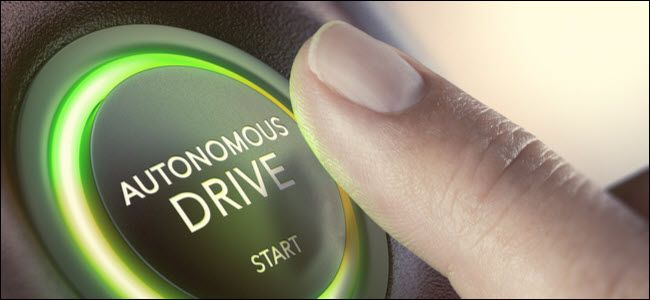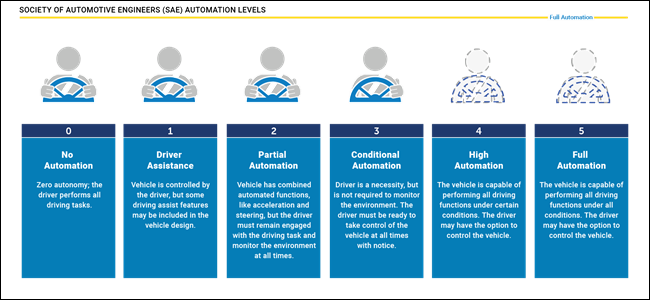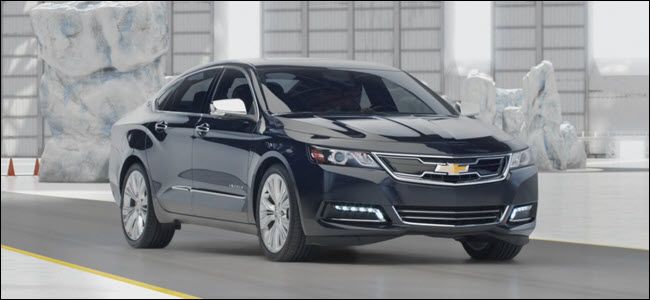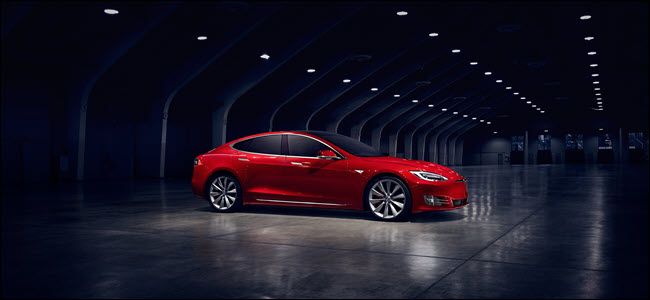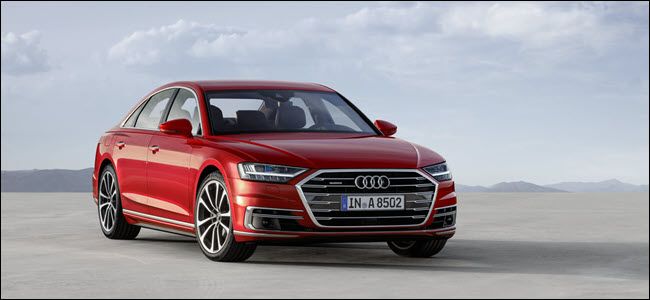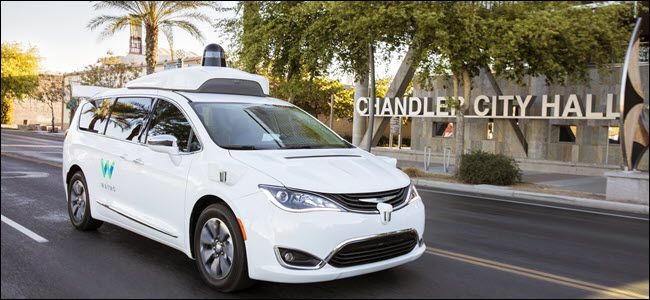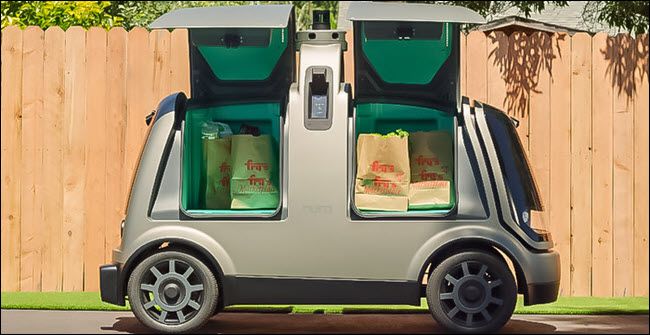Quick Links
Self-driving cars seem like a promise that is here, almost here, and not coming for years all the same time. Those statements are all true because there are different "levels" of autonomy. Here's what those levels mean.
The NHTSA Created the Levels for Clarity
If it seems like you've been told that cars can already self-drive and that cars can't self-drive, you've heard it essentially right both ways. The US National Highway Traffic Safety Administration (NHTSA) defines six levels of car autonomy. They released this guidance to both push forward and standardize autonomous vehicle testing.
Self-driving cars could potentially save many lives, but not having a common goal and agreed-upon rules against which to test could wipe out any potential gains. Much like it's easier to know what to expect when you eventually buy a router that conforms to the Wi-Fi 6 standard, it's easier to know what to expect when you someday buy a car that meets a self-driving level.
The NHTSA breaks down Self-Driving cars into six categories, starting with Level 0.
Level 0: No Automation
A Level 0 car has no self-driving capabilities at all. The human does all the driving at all times. Basically, a Level 0 car isn't self-driving at all. Model T's were Level 0 cars, if you were born in the '80s most likely so was your first car. Realistically, until recently, most vehicles were Level 0.
Most used vehicles on the market are still Level 0 today, from your 2007 Ford Focus to your 2010 Toyota Prius.
Level 1: Driver Assistance
A Level 1 vehicle can assist with either steering or braking, but not both at the same time. Adaptive cruise control (ACC) falls into this category, as it handles just braking (to keep a specified distance from the car in front of you), but not steering.
Quite a few cars already have this technology. The 2011 Jeep Cherokee had ACC, Chevrolet introduced several models in 2015, and Ford debuted the first pickup truck (an F150) to include ACC just a few years ago.
Level 2: Partial Automation
A Level 2 vehicle can assist with both steering and braking at the same time. They still require full driver attention, and you must be ready to take over at any time. If you combine adaptive cruise control from our explanation of Level 1 cars with lane centering (which steers your car into the center of the lane), then you have met the definition of Level 2.
GM's Super Cruise is an excellent example of Level 2. With a Super Cruise-enabled car, you can take your hands off the steering wheel. But cameras are aimed at your eyes, and if you are detected not watching the road, the system will disable itself. Tesla's Auto-Pilot feature, as seen on the Model S, X, and 3 (when you pay for the add-on), currently falls into the Level 2 category.
Level 3: Conditional Automation
At Level 3, you can take your eyes off the road. While a driver is still required to be in the car, they aren't expected to be aware of everything at all times like with Level 2 and 1 automation. You might still have to take over driving at a moment's notice, though, and that presents some difficulties. If the issue is an impending wreck the car can't handle, the driver might not have enough time to fully asses the situation.
Audi planned to release the A8 with a feature called Traffic Jam Pilot but canceled those plans in the U.S. due to the complicated legal framework across the country. As the name suggests, Audi restricted the feature to slow speeds (preferably stop and go traffic, but up to 37 mph) and only in places where a physical barrier separated oncoming traffic.
Level 4: High Automation
A car with level 4 capability can do all the driving, but only in certain circumstances. Unlike level 3 you won't be required to take over when all the conditions are right. But if it's raining or snowing, then the vehicle might not allow you to engage self-driving.
Honda has announced it is working towards a Level 4 vehicle by 2026. Lyft, Uber, Google, and more have been working on Level 4 vehicles for quite some time, but the reality is all their cars require safety drivers and they test at something between Level 2 and 3 standards. One exception is Waymo, which is testing at Level 4 conditions in the Early Access program. When you ride in a Waymo vehicle, there is no safety driver (although there are exceptions to this). But they limit the conditions in which the vehicles are allowed to drive, in part by testing in Arizona, utilizing the typically dry weather as an advantage.
Level 5: Full Automation
Full automation is the lofty dream goal where no human driver is required. You could be solely a passenger and not be expected to drive at all. If Level 0 is the car you drive, then Level 5 is the car that drives you. The earliest Level 5 vehicle is already on the road. But you won't see it ferrying people---instead they carry groceries.
Nuro has been partnering with Krogers to test small cars that carry groceries a short distance. They leave the store and arrive at your house. You take out your groceries. It drives away.
No human handles the car, and there isn't even a steering wheel. By limiting the distance and speed the vehicle goes, they've reduced the variables to reach full autonomy faster. But cars that drive themselves at high speed with passengers are a long way off.
Technology Isn't the Only Complication
Technology isn't the only problem that car manufacturers will have to solve in the future. The laws need to be fully standardized, and we need to hammer out answers to some important questions. For instance, if a fully autonomous vehicle hits another car, who is at fault? The passenger who wasn't driving? The manufacturer for faulty code? What insurance pays the damage?
Car manufacturers will also have to convince people to give up control and trust a computer to control the very delicate path of navigating our roads, and right now most Americans lack that trust.
It's likely that fully autonomous vehicles are many years away, and even then they'll be relegated to luxury cars. It will be even longer before the technology trickles down to everyday buyers. Lyft, Uber, Waymo, and others are working on self-driving taxis, and in some places, you can already ride in these. For some, this might even replace the need to own a car altogether since you could call a car to come to you through an app when you need one.
Who knows? One day, our children or grandchildren might look back on us with shock as they consider our dangerous human driving habits that have by then been made obsolete by computers.

